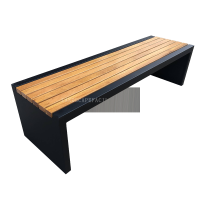Welcome to the website for landscape facilities products and knowledge.
What are the most common design flaws or weaknesses found in landscape tables?
Landscape tables are essential for outdoor spaces, but many suffer from recurring design flaws that compromise their functionality and longevity. The most prevalent issue is inadequate material selection, where manufacturers use untreated wood or thin metals prone to rust and warping. Structural instability ranks second, often caused by poorly designed legs or weak joints that wobble under minimal pressure. Many tables lack proper drainage systems, allowing water to pool and accelerate deterioration. Surface cracking appears frequently due to improper sealing or thermal expansion mismanagement. Lastly, disproportionate weight distribution creates tipping hazards, especially with top-heavy designs. These flaws often stem from prioritizing aesthetics over durability in mass-produced furniture. To ensure longevity, opt for powder-coated aluminum or marine-grade polymers with reinforced joints and sloped surfaces. Testing table stability before purchase and examining warranty coverage can prevent costly replacements. Addressing these weaknesses during the design phase results in outdoor tables that withstand weather extremes while maintaining structural integrity for years.
Related search:

Recommendation
Modern Stainless Steel Begonia Wood Park Chair Outdoor Courtyard Leisure Sun Protection Bench Long Seat